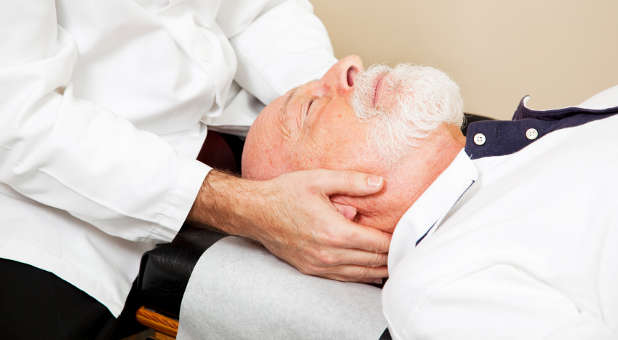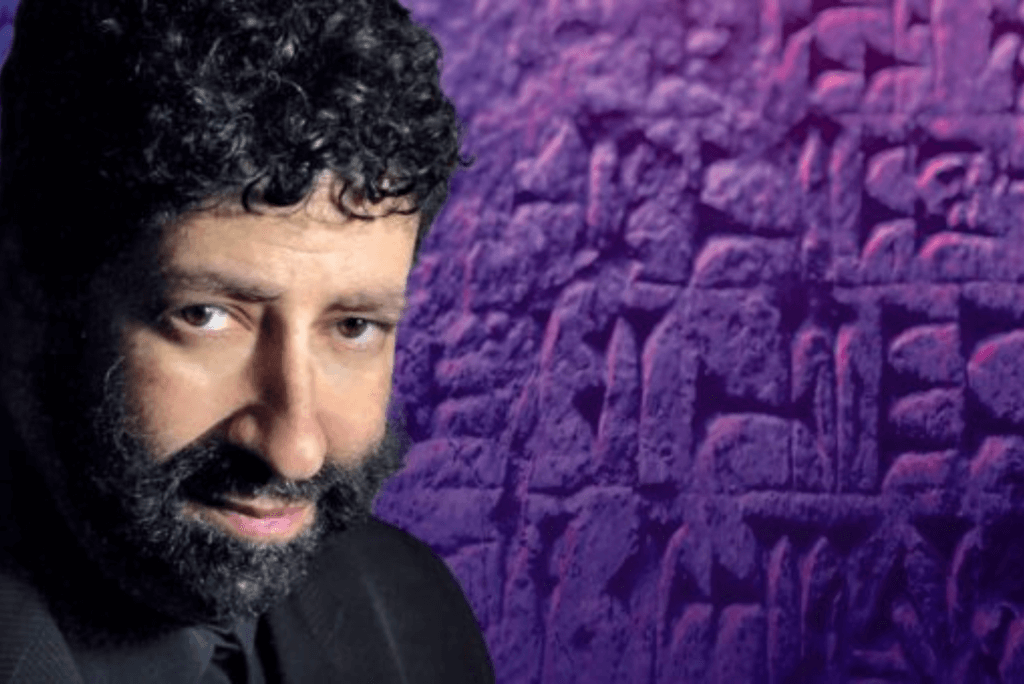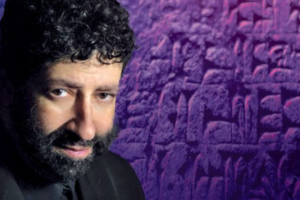Blood-vessel tears that lead to strokes may be associated with—but not necessarily caused by—treatments involving neck manipulations, researchers say.
The blood vessel tears, called ‘cervical artery dissections’ account for about two of every 100 strokes overall, and from eight to 25 of every 100 strokes in young and middle-aged adults.
“What happens with the dissection is that there is a tear in one of the layers of the artery wall in the neck that can result in (a) stroke if a blood clot forms,” Dr. José Biller told Reuters Health in a phone call.
Biller, a neurologist with the Loyola University Chicago Strich School of Medicine, was lead author of a joint statement on neck manipulation and stroke risk from the American Heart Association and the American Stroke Association. The statement was published in Stroke.
Biller said cervical artery dissections have been reported after blunt or penetrating injuries and also in association with a variety of other conditions.
They can occur after “a sudden movement that can hyperextend or rotate the neck that may happen with certain sporting activities, with whiplash or violent coughing or vomiting movements, or with neck-manipulation therapy,” Biller said.
Health-care providers sometimes use neck manipulations, or “cervical manipulative therapy,” to treat musculo-skeletal conditions of the neck and upper back. Most are performed by chiropractors, but osteopaths and physical therapists use these maneuvers as well.
To assess the associations between neck manipulations and stroke risk, Biller and colleagues focused on four large studies that were mainly associated with strokes involving the arteries of the neck.
They found that people who had these types of strokes were more likely to have had some type of neck manipulation.
But, the authors point out, the studies they looked at couldn’t determine what caused people’s strokes. It’s possible, they say, that people may have sought neck manipulation therapy for symptoms that were really the early stages of stroke.
Biller said patients with these tears often have pain in the back of the neck that may be misinterpreted by both the patient and a healthcare provider.
“Patients may already have begun to have a cervical artery dissection and therefore seek treatment to relieve the neck pain.”
Biller and his co-authors concluded that health practitioners should inform patients of the associations between cervical dissection and cervical manipulation therapy before performing manipulation of the cervical spine.
Keith Overland, immediate past president of the American Chiropractic Association, told Reuters Health he applauds the American Heart Association for its effort to address stroke risk.
But, he said, somewhere between 22 and 77 percent of the U.S. population has neck pain at some time, and cervical manipulation is one of the safest choices when compared to other treatments such as drugs and surgery.
Dr. Justin Sattin, a neurologist with the University of Wisconsin School of Medicine and Public Health in Madison, Wisconsin, told Reuters Health by phone, “As the guideline points out, the data are inconclusive—my personal opinion is that cervical manipulation is probably one of many different traumas that could provoke or exacerbate a dissection in someone who is harboring one or predisposed.”
“Having said that, the absolute risk is probably low, especially with increased attention to the problem now in the chiropractic community,” said Sattin, who was not involved with the study.
“And there’s this causality issue of how do you know for sure the manipulation was the cause as opposed to the idea that the headache and neck pain that brought the patient to the chiropractor was actually the dissection, and the subsequently diagnosed dissection was attributed to the manipulation as opposed to something that occurred spontaneously or due to some other trauma that preceded the patient coming in for medical attention,” he said.
Sattin added that it’s difficult to tease these things out of the results, but he thinks it’s fair to say there is some evidence that cervical manipulation may be a potential cause dissection and that patients should know that when they go to see a chiropractor, and the chiropractor should know that and disclose it to the patients.
“That doesn’t mean one shouldn’t pursue chiropractic therapy, it’s just incumbent on everybody to know what the actual risks are. It’s not like (regular) medicine is devoid of risks either. Everything we do carries potential risks and benefits,” he said.
“In general, stroke symptoms happen suddenly—a sudden onset of weakness on one side of the body, numbness on one side of the body or tingling, visual loss which could be in one eye or to one side of one’s visual field, sudden loss of coordination, sudden onset of a language disturbance—either difficulty speaking or difficulty understanding what’s being said,” Sattin said.
“And the last one that we usually see is the sudden onset of a terrible headache unlike any headache of the persons had before, which is a cardinal symptom for hemorrhage in the brain,” he added.
Sattin added that symptoms for a stroke due to dissection may include pain in the head or neck, or sometimes behind the eye, along with the other neurological symptoms of stroke.
© 2014 Thomson/Reuters. All rights reserved.
See an error in this article?
To contact us or to submit an article



















